Home>Garden Essentials>What Kind Of Tree Has Long Seed Pods
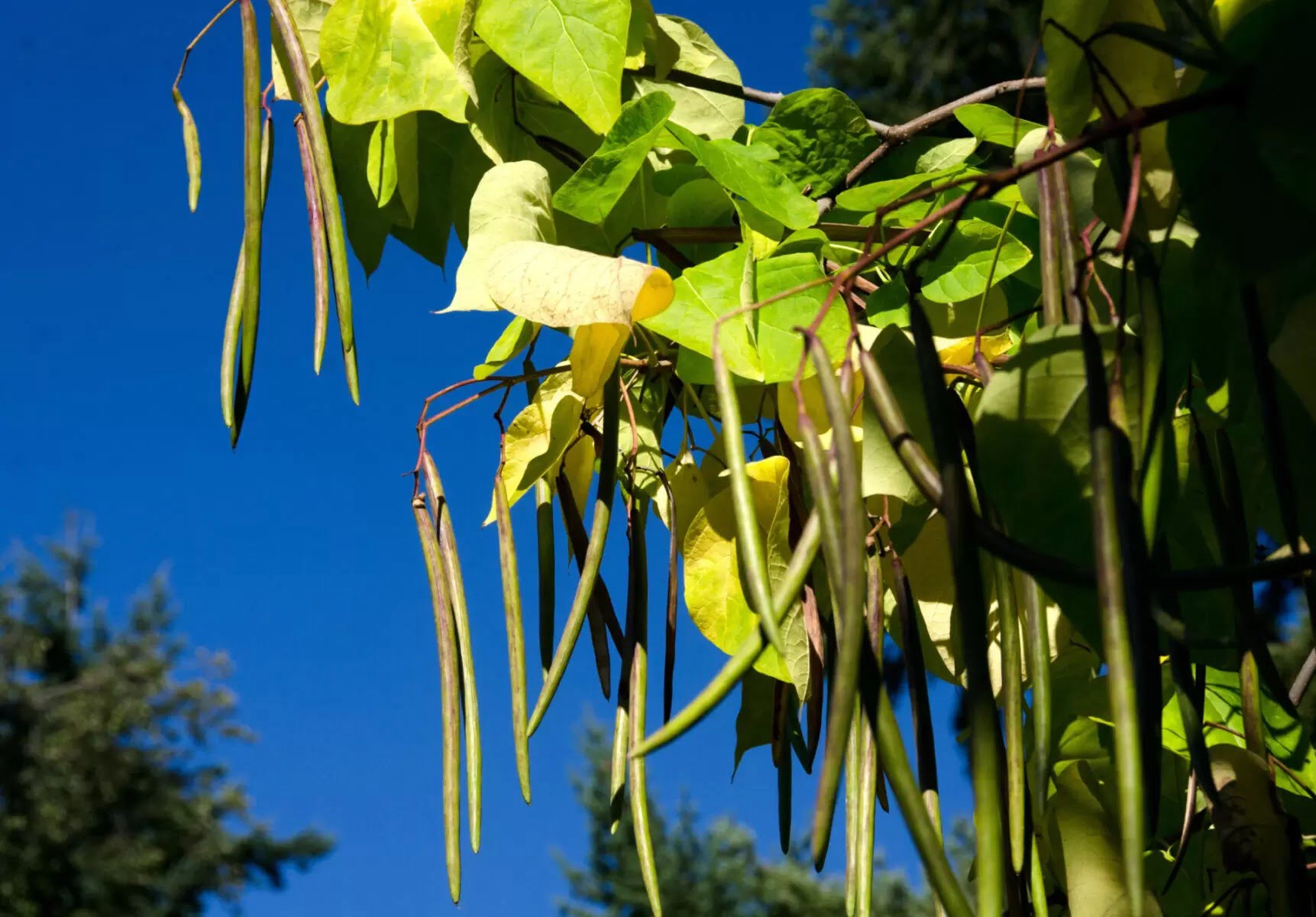

Garden Essentials
What Kind Of Tree Has Long Seed Pods
Modified: March 15, 2024
Discover the Garden Tree with Extraordinary Long Seed Pods. Explore the variety of trees that bear long seed pods and add an intriguing touch to your garden.
(Many of the links in this article redirect to a specific reviewed product. Your purchase of these products through affiliate links helps to generate commission for Storables.com, at no extra cost. Learn more)
Introduction
When it comes to the diverse and fascinating world of trees, one particular feature that captures our attention is the presence of seed pods. These extraordinary structures serve as the vessel for seeds and are crucial for the tree’s reproduction and propagation. Seed pods come in various shapes, sizes, and colors, adding beauty and uniqueness to the trees they adorn.
In this article, we will focus on a specific type of seed pod – the long seed pods. These elongated capsules hold a sense of wonder and curiosity, making them stand out among other seed pod varieties. We will explore the characteristics of long seed pods, the different types of trees that possess them, their uses, and the environmental benefits they provide.
Join us on this journey to discover the allure and significance of trees with long seed pods.
Key Takeaways:
- Trees with long seed pods, like the Jacaranda and Wisteria, not only look beautiful but also provide homes and food for wildlife, stabilize soil, and help improve air quality, making them essential for our environment.
- Trees with long seed pods, such as the Cassia and Indian Bean Tree, have practical uses too, like providing strong wood for furniture, medicinal remedies, and even edible seeds for culinary purposes, showing their value in our everyday lives.
Read more: What Kind Of Tree Has The Helicopter Seeds
Definition of Seed Pods
Seed pods, also known as fruit or capsules, are structures that develop from the ovary of a flower after it has been fertilized. They are the protective enclosures that hold the seeds produced by the plant. Seed pods vary in size and shape, ranging from small pods found in wildflowers to large, woody pods seen in trees.
Seed pods serve several essential functions. Firstly, they provide a safe environment for the development and maturation of seeds. The pod’s sturdy outer layer shields the seeds from external threats such as extreme weather conditions, pests, and animals.
Furthermore, seed pods aid in seed dispersal. As the pod matures, it eventually opens, releasing the seeds inside. This dispersal mechanism ensures the wider distribution of the plant’s offspring, increasing their chances of survival and successful colonization of new areas.
Long seed pods, as the name suggests, refer to seed pods that possess an elongated shape. Typically, these pods are slim, elongated structures that can vary in length from a few inches to several feet, depending on the tree species. They may be straight or curved, smooth or ribbed, and may even display unique patterns or textures.
It is important to note that while seed pods are commonly associated with trees, they can be found in various types of plants, including shrubs, vines, and even some herbaceous plants. However, in this article, we will focus specifically on long seed pods found in trees.
Characteristics of Long Seed Pods
Long seed pods exhibit a range of unique and fascinating characteristics that make them stand out among other seed pod varieties. Here are some common features of trees with long seed pods:
- Length: As the name suggests, long seed pods are characterized by their elongated shape. They can vary in length, starting from a few inches and reaching up to several feet, depending on the tree species. This elongated form distinguishes them from other types of seed pods.
- Shape and Structure: Long seed pods can have diverse shapes and structures. Some are straight and cylindrical, while others may be curved or spiral-shaped. They can also be segmented or ribbed, adding visual interest to the pod’s exterior. Each tree species has its unique pod structure.
- Color and Texture: Long seed pods come in a variety of colors and textures. They can be green, brown, black, or even vibrant shades of red or orange, depending on the species. Some pods have smooth surfaces, while others may have rough or textured exteriors, enhancing their visual appeal.
- Hardness and Durability: Many long seed pods exhibit a robust and durable nature. Some have woody or leathery exteriors, providing protection to the seeds within. These sturdy pods can withstand harsh weather conditions and are less prone to damage from environmental factors.
- Seed Arrangement: Long seed pods often contain multiple seeds arranged in a linear or spiral pattern within the pod’s chambers. This organized arrangement allows for efficient use of space and facilitates the distribution of seeds when the pod opens.
It is important to note that while these characteristics are common among long seed pods, there can be variations depending on the tree species. Each tree has its own distinct features that contribute to the unique appearance and structure of its seed pods.
Various Types of Trees with Long Seed Pods
Across the world, there is an impressive array of tree species that produces long seed pods. Let’s explore some of the notable examples:
- Jacaranda: The Jacaranda tree, native to South America, is recognized for its stunning display of purple flowers and long seed pods. These slender, cylindrical pods can reach up to 20 inches in length and add an extra touch of beauty to this already magnificent tree.
- Cassia: The Cassia tree, also known as the Golden Shower tree, is famous for its vibrant yellow flowers and long, flat seed pods. These pods can grow to be around 2 feet long and contain numerous small seeds. When the pods mature and dry out, they twist and curl, creating an interesting visual effect.
- Black Locust: The Black Locust tree, native to North America, produces long, slender, and slightly curved seed pods. These dark brown pods can measure up to 7 inches in length and contain small, round seeds. The pods hang in clusters from the tree, adding a unique charm to its appearance.
- Indian Bean Tree: The Indian Bean Tree, also known as Catalpa, features long, cylindrical seed pods that can grow up to 10 inches in length. These pods have a green color when young, turning brown as they mature. The Indian Bean Tree is admired not only for its beautiful pods but also for its large, showy flowers.
- Wisteria: Wisteria, a climbing vine-like tree, is well-known for its cascading clusters of fragrant flowers. After the blooming season, it produces long, bean-like seed pods that can reach up to 6 inches in length. These pods typically hang in clusters, resembling delicate tendrils, and add an enchanting element to the tree’s overall appearance.
These are just a few examples of trees that produce long seed pods. It’s important to note that the characteristics and sizes of the pods may vary within each species. Exploring the diverse range of trees with long seed pods can be a delightful and enriching experience for nature enthusiasts.
The Kentucky coffee tree has long seed pods. It is a deciduous tree native to North America and is known for its unique appearance and large, leathery seed pods.
Common Uses of Trees with Long Seed Pods
Trees with long seed pods offer unique benefits and have various practical uses in our environment and everyday life. Here are some common applications of these remarkable trees:
- Landscaping and Ornamental Purposes: Trees with long seed pods, such as the Jacaranda and Wisteria, are often planted for their aesthetic appeal. Their beautiful flowers and elongated pods add visual interest to gardens, parks, and landscapes, creating a captivating focal point.
- Timber and Woodworking: Some species of trees with long seed pods, like the Black Locust, have strong and durable wood. This wood is highly valued in the woodworking industry for its strength, resistance to decay, and attractive grain patterns. It is used to manufacture furniture, flooring, and outdoor structures such as decks and fences.
- Medicinal and Herbal Uses: Certain trees with long seed pods possess medicinal properties. For example, the Indian Bean Tree has been used in traditional medicine for its anti-inflammatory and antiseptic properties. The pods and other parts of the tree are used to create remedies for various ailments.
- Food and Culinary Uses: In some cases, the seeds found within long seed pods are edible and used in culinary preparations. For instance, the seeds of the Cassia tree, commonly known as Senna seeds, are used as a flavoring agent in certain dishes and beverages in Asian cuisines.
- Wildlife Habitat and Food Source: Trees with long seed pods play a vital role in providing food and shelter for a variety of wildlife. Birds, such as parrots and pigeons, consume the seeds from these pods, contributing to their diet and survival. The pods also serve as nesting sites and hiding places for small animals and insects.
- Soil Stabilization and Erosion Control: The extensive root systems of trees with long seed pods help to stabilize soil, preventing erosion in areas prone to landslides or washouts. The trees’ presence helps maintain the integrity of the surrounding landscape and protect vulnerable ecosystems.
These are just a few examples of the many uses and benefits provided by trees with long seed pods. Their versatility and contributions to our environment make them valuable assets in various aspects of our lives.
Read more: What Kind Of Grass Has Runners
Environmental Benefits of Trees with Long Seed Pods
Trees with long seed pods offer numerous environmental benefits, playing a vital role in maintaining the health and balance of ecosystems. Here are some of the key advantages these trees provide:
- Carbon Sequestration: Like all trees, those with long seed pods actively contribute to carbon sequestration. Through photosynthesis, they absorb carbon dioxide from the atmosphere and store carbon in their trunks, branches, and leaves. This helps to mitigate the effects of climate change by reducing greenhouse gas levels.
- Biodiversity Support: Trees with long seed pods provide valuable habitats for a wide range of plant and animal species. The pods offer shelter, nesting sites, and food sources for birds, insects, and other wildlife. By supporting biodiversity, these trees contribute to the overall health and resilience of ecosystems.
- Improved Air Quality: Through the process of photosynthesis, trees with long seed pods release oxygen into the air, improving air quality in their vicinity. Additionally, their foliage helps filter pollutants, such as dust and particulate matter, reducing airborne pollutants and promoting healthier air for both humans and wildlife.
- Soil Health and Water Absorption: The root systems of trees with long seed pods play a crucial role in stabilizing soil, preventing erosion, and promoting water absorption. Their extensive roots help bind the soil particles together, reducing the risk of soil erosion caused by wind and water. Additionally, the trees’ roots act as natural channels, allowing rainwater to infiltrate the soil, replenishing groundwater reserves and preventing water runoff.
- Moderating Climate: Trees with long seed pods provide shade and help moderate local climates. Their canopies reduce the impact of direct sunlight on the ground, resulting in lower temperatures and reducing the heat island effect in urban areas. This can enhance human comfort, conserve energy, and reduce the need for artificial cooling.
- Conservation of Resources: Trees with long seed pods contribute to the conservation of natural resources. Their presence helps reduce water evaporation, thus conserving water resources. They also provide a source of renewable materials, such as timber and plant-based products, reducing the demand for non-renewable resources.
The environmental benefits of trees with long seed pods extend beyond their visual appeal. They provide essential ecosystem services, helping to mitigate climate change, support biodiversity, improve air and water quality, and conserve natural resources. Preserving and planting these trees is crucial for the well-being of our planet and future generations.
Conclusion
Trees with long seed pods are truly remarkable and captivating. These trees not only add beauty to our surroundings with their elongated capsules but also offer numerous benefits to the environment and our communities.
From the impressive Jacaranda with its purple flowers and long pods to the majestic Indian Bean Tree with its cylindrical seed capsules, these trees provide us with a visual spectacle and serve as important contributors to our ecosystem.
Whether it’s their practical uses in landscaping, woodworking, or their medicinal and culinary applications, or their environmental benefits like carbon sequestration, support of biodiversity, and soil stabilization, trees with long seed pods play a crucial role in maintaining the health and balance of our natural world.
It is imperative that we appreciate and value these magnificent trees, plant and protect them, and incorporate them into our landscapes and green spaces. By doing so, we can enjoy their aesthetic appeal, harness their practical benefits, and contribute to the preservation and sustainability of our environment.
So, the next time you come across a tree with long seed pods, take a moment to admire its unique features, appreciate its contribution to our ecosystem, and recognize the significance it holds in our natural world.
Frequently Asked Questions about What Kind Of Tree Has Long Seed Pods
Was this page helpful?
At Storables.com, we guarantee accurate and reliable information. Our content, validated by Expert Board Contributors, is crafted following stringent Editorial Policies. We're committed to providing you with well-researched, expert-backed insights for all your informational needs.
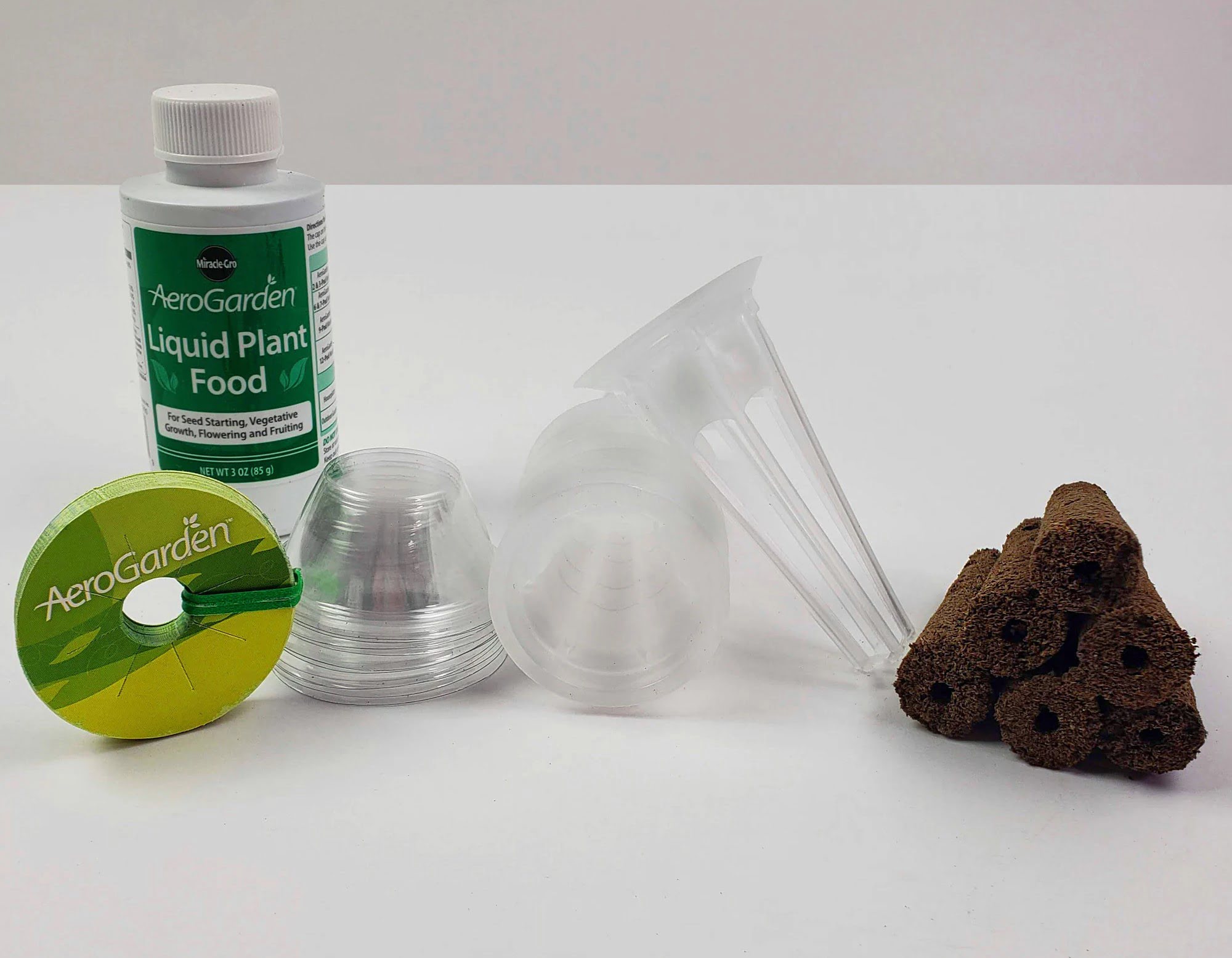

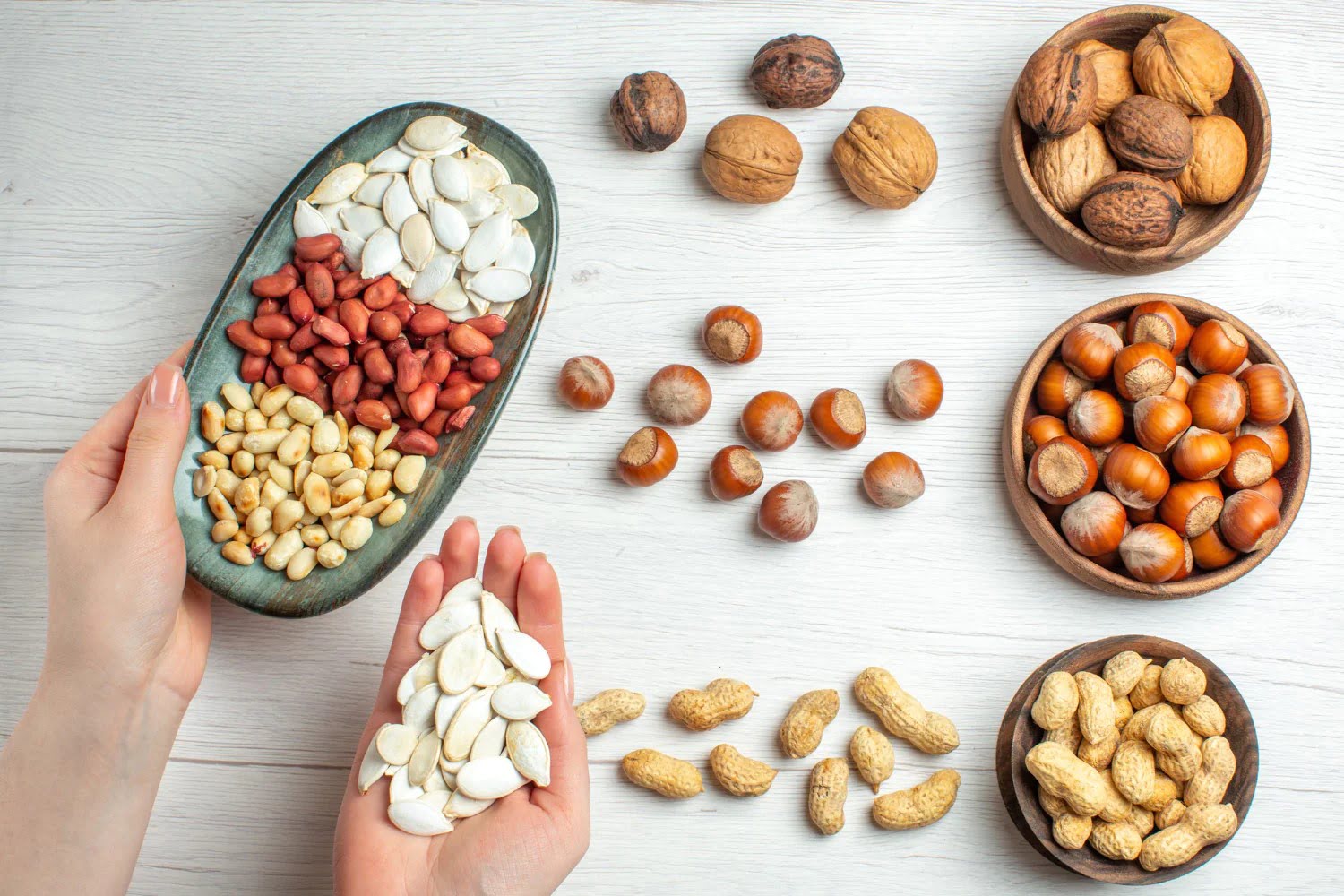
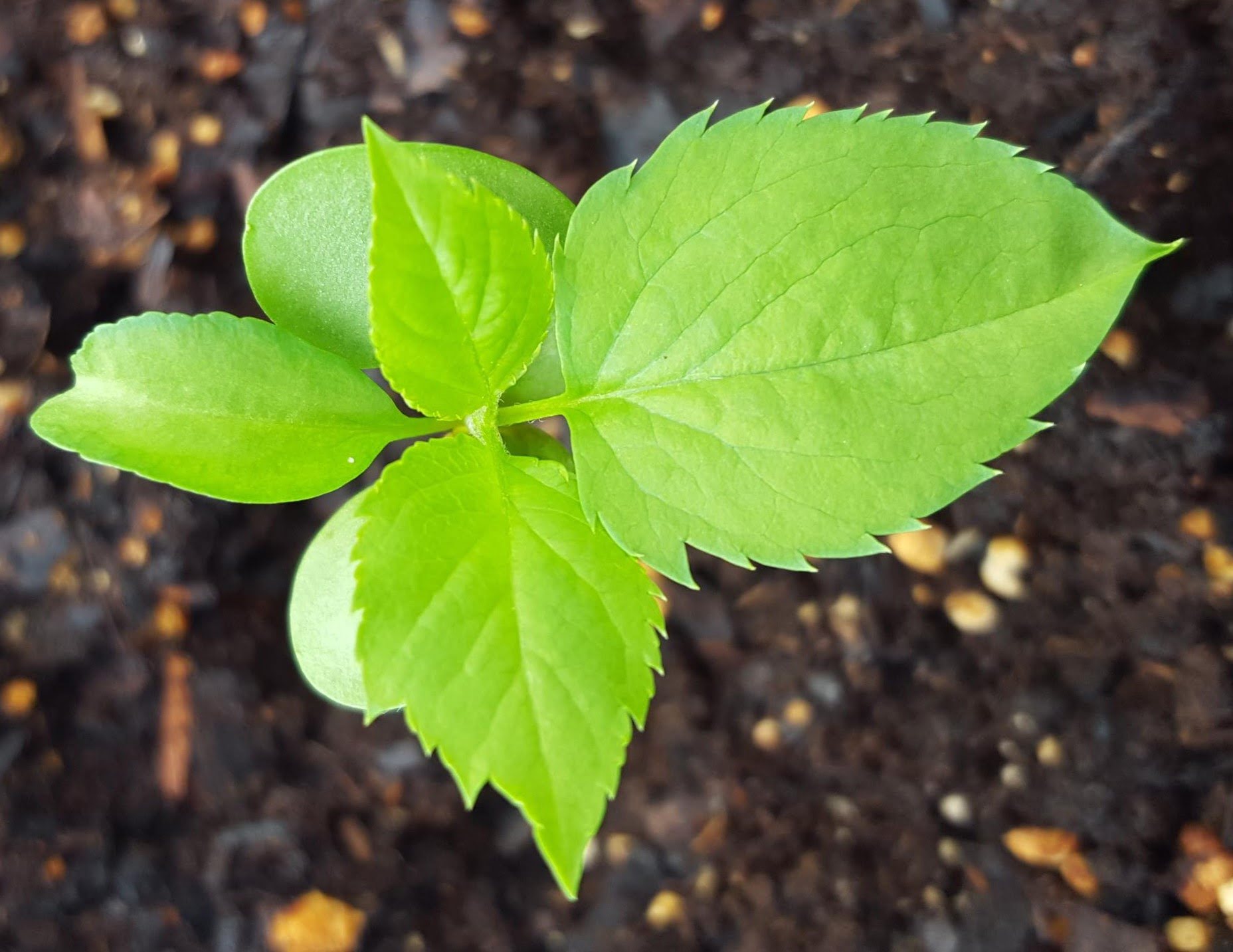
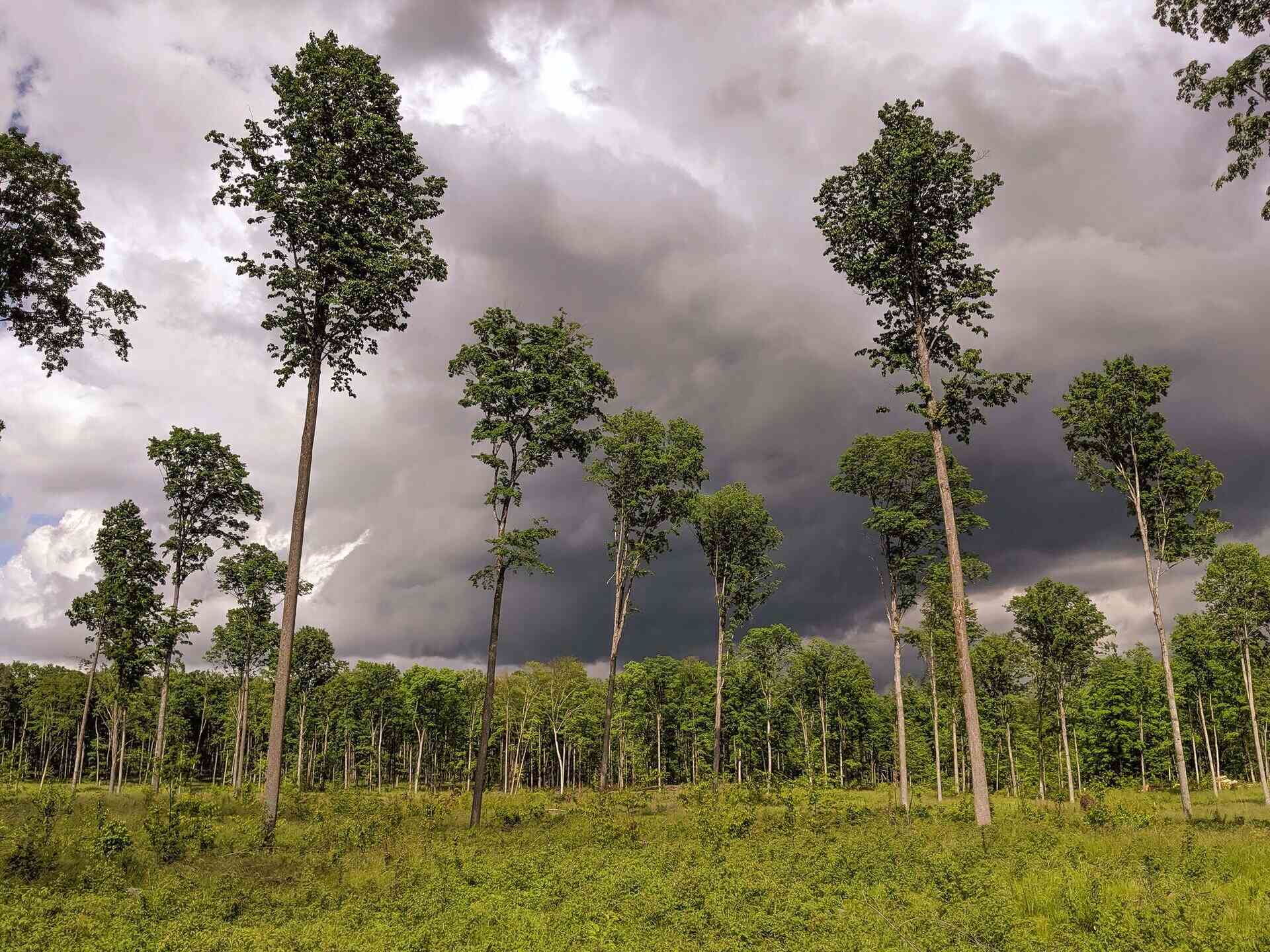
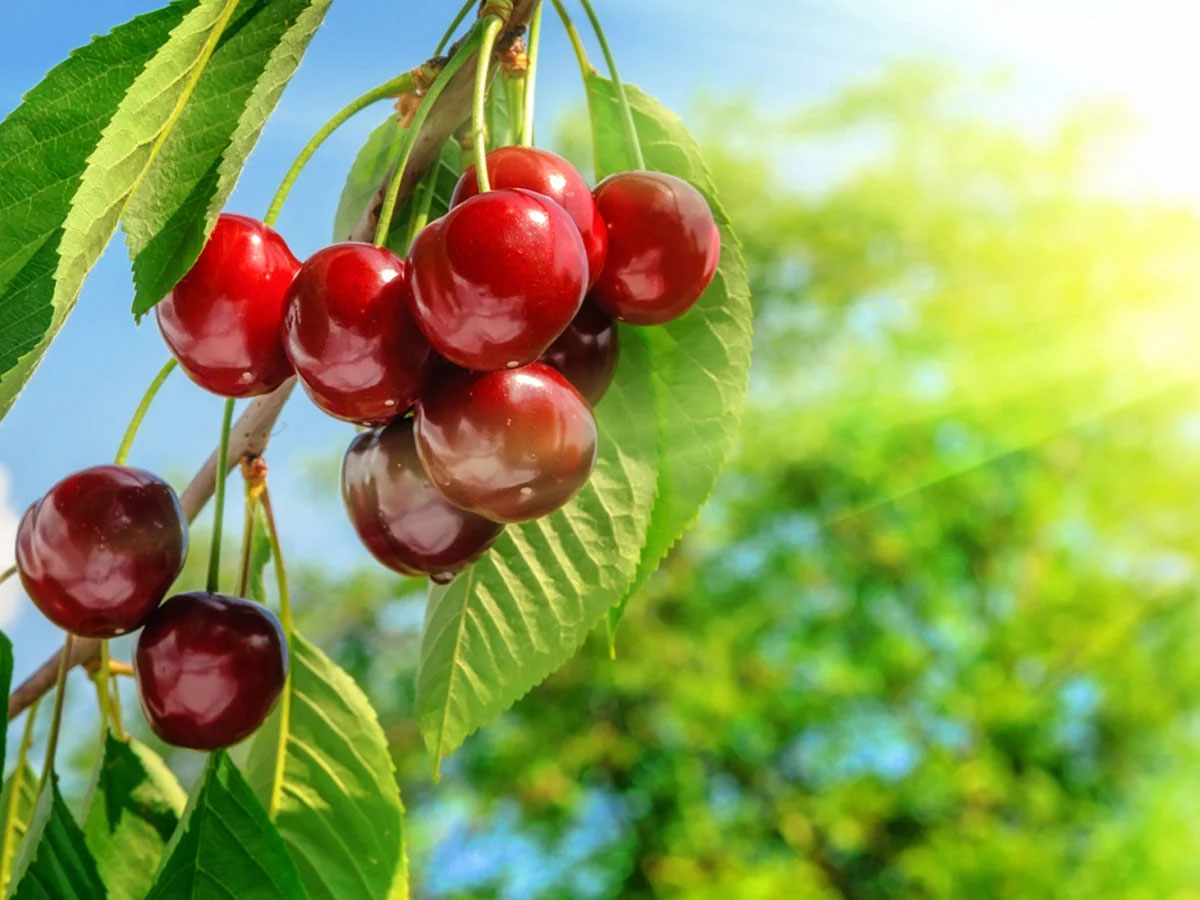
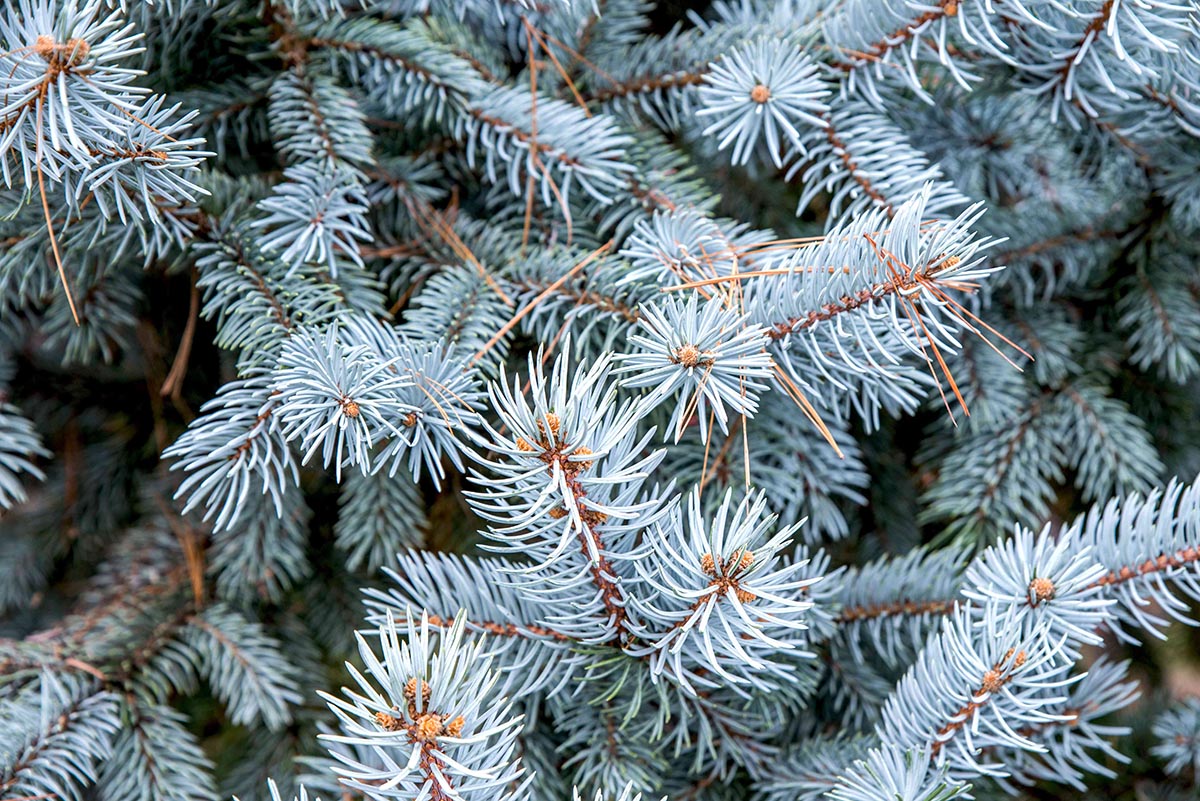
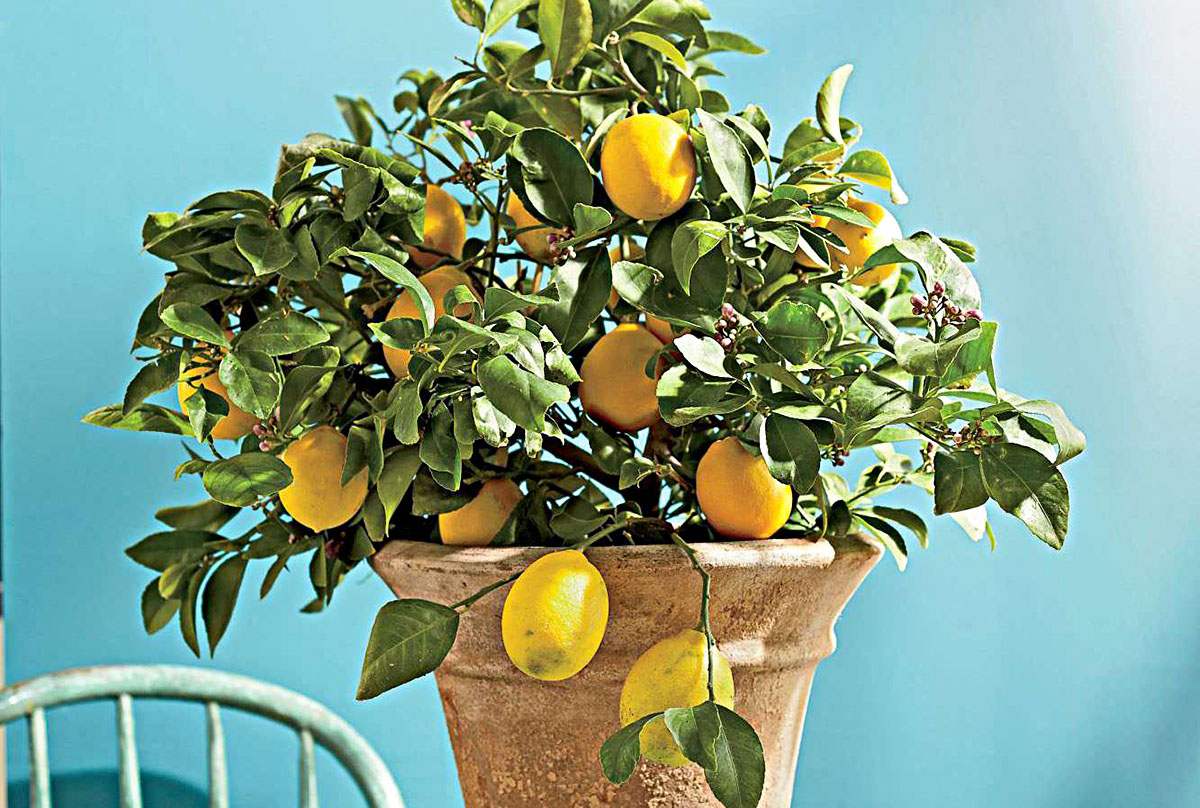
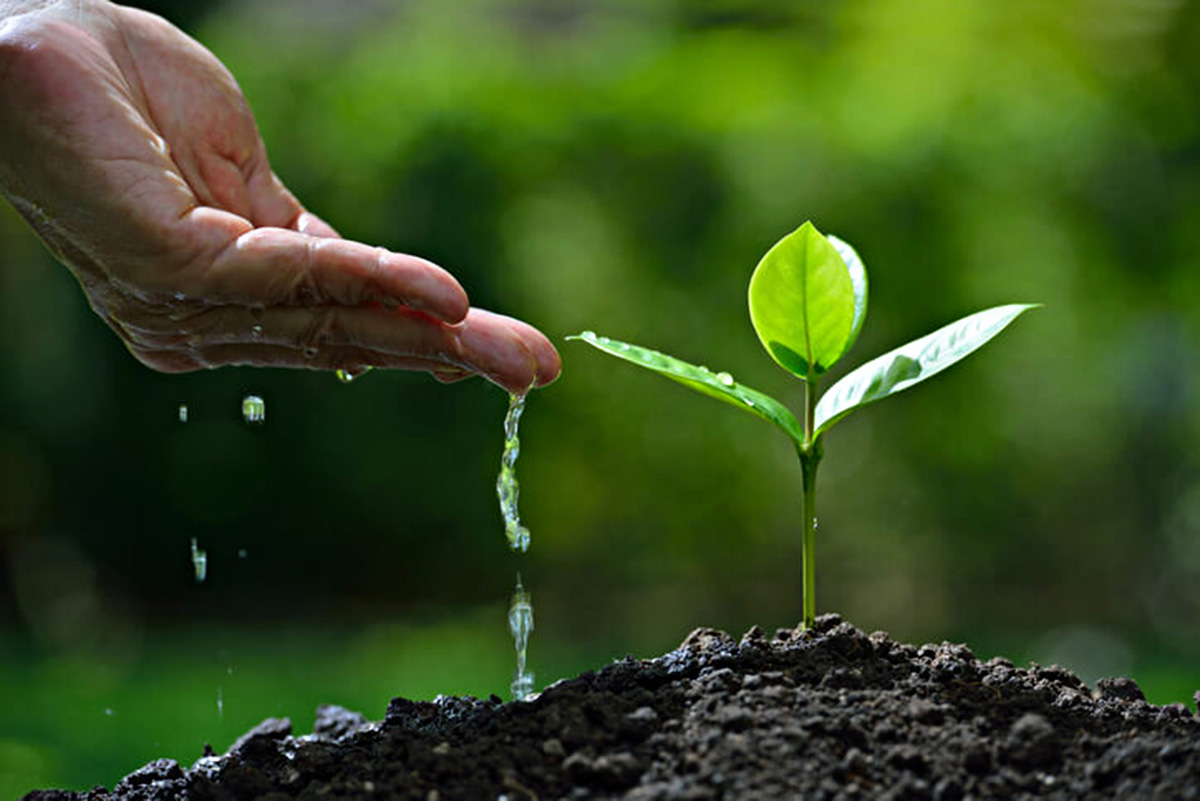
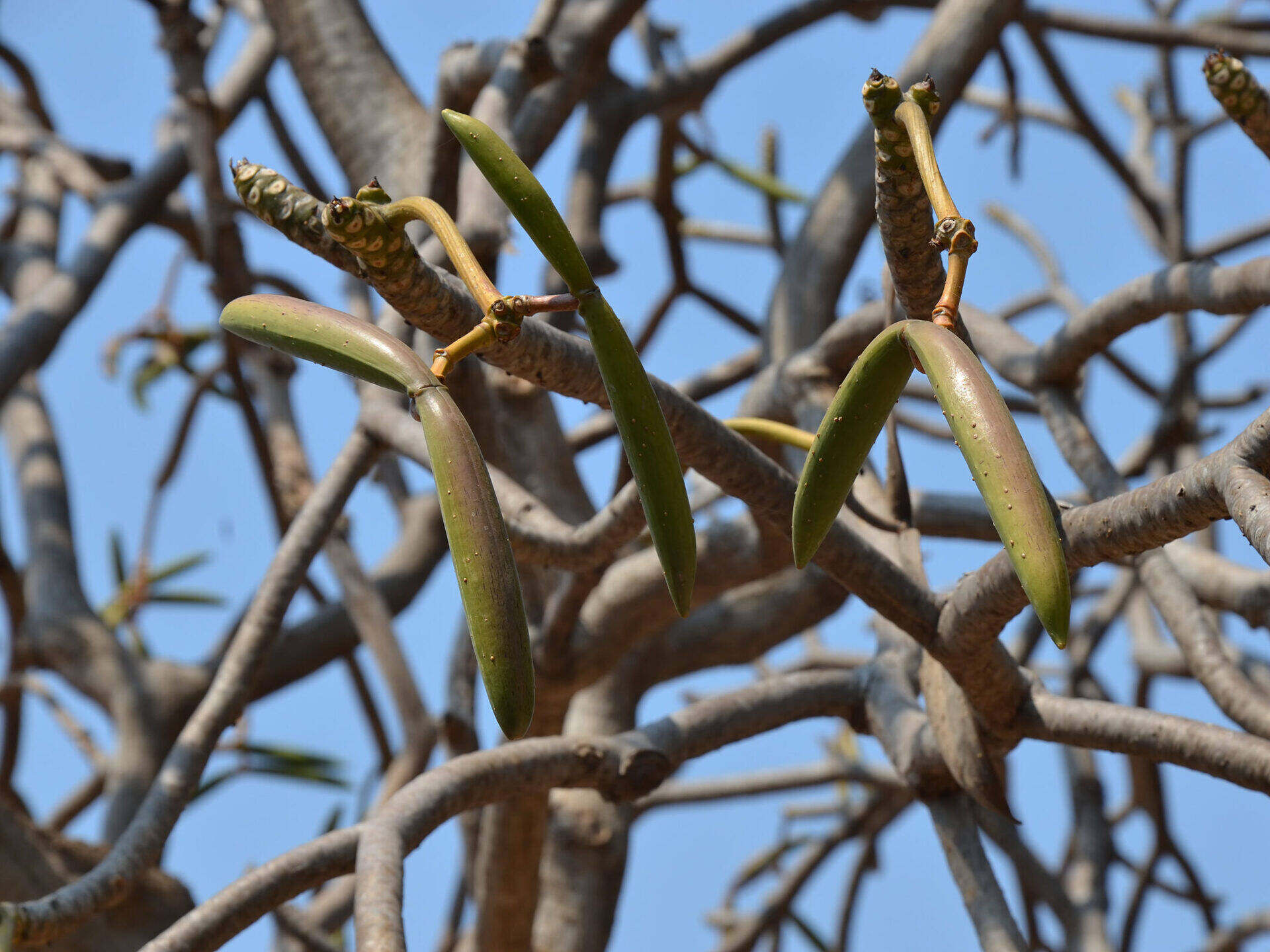
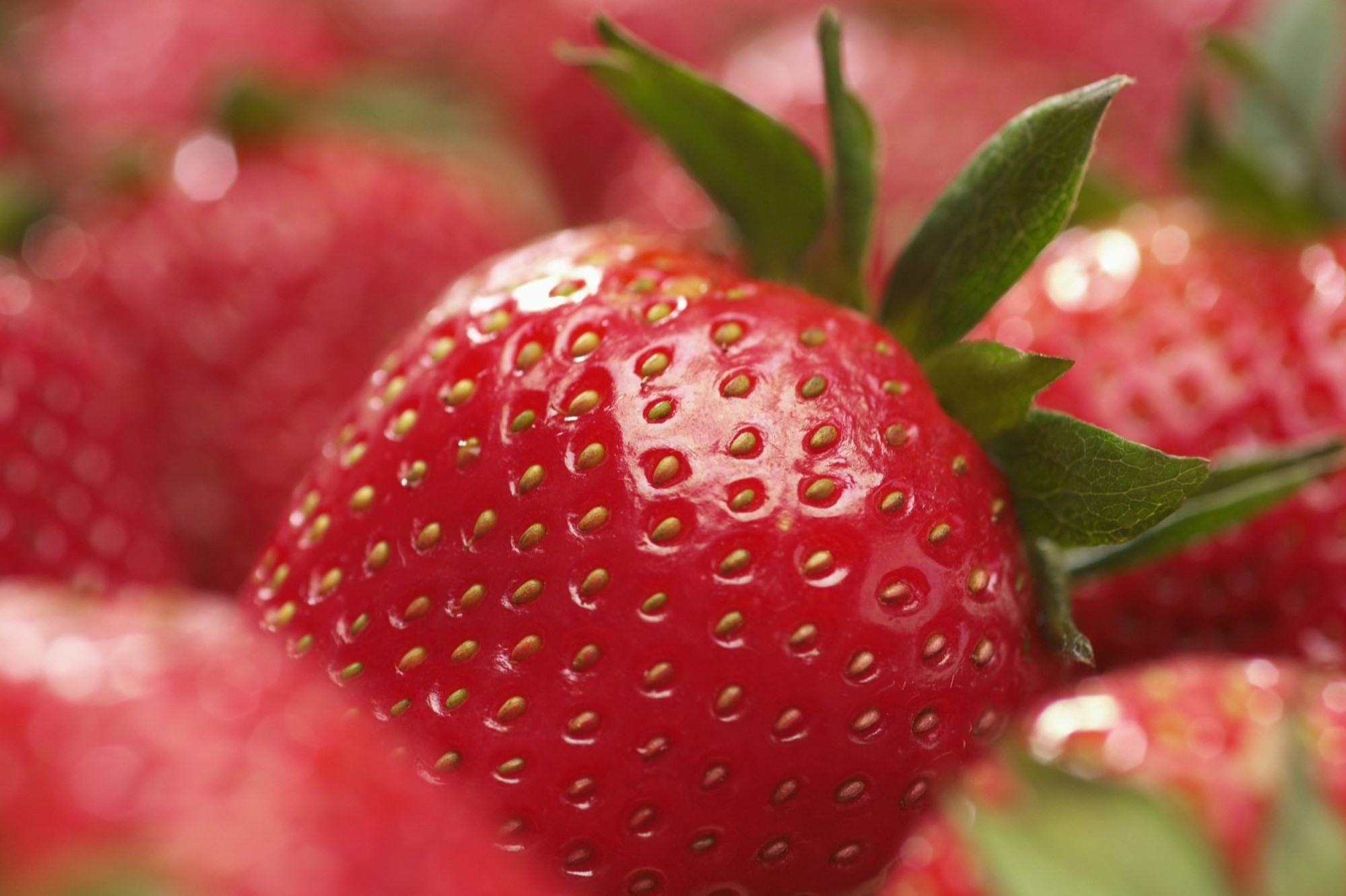
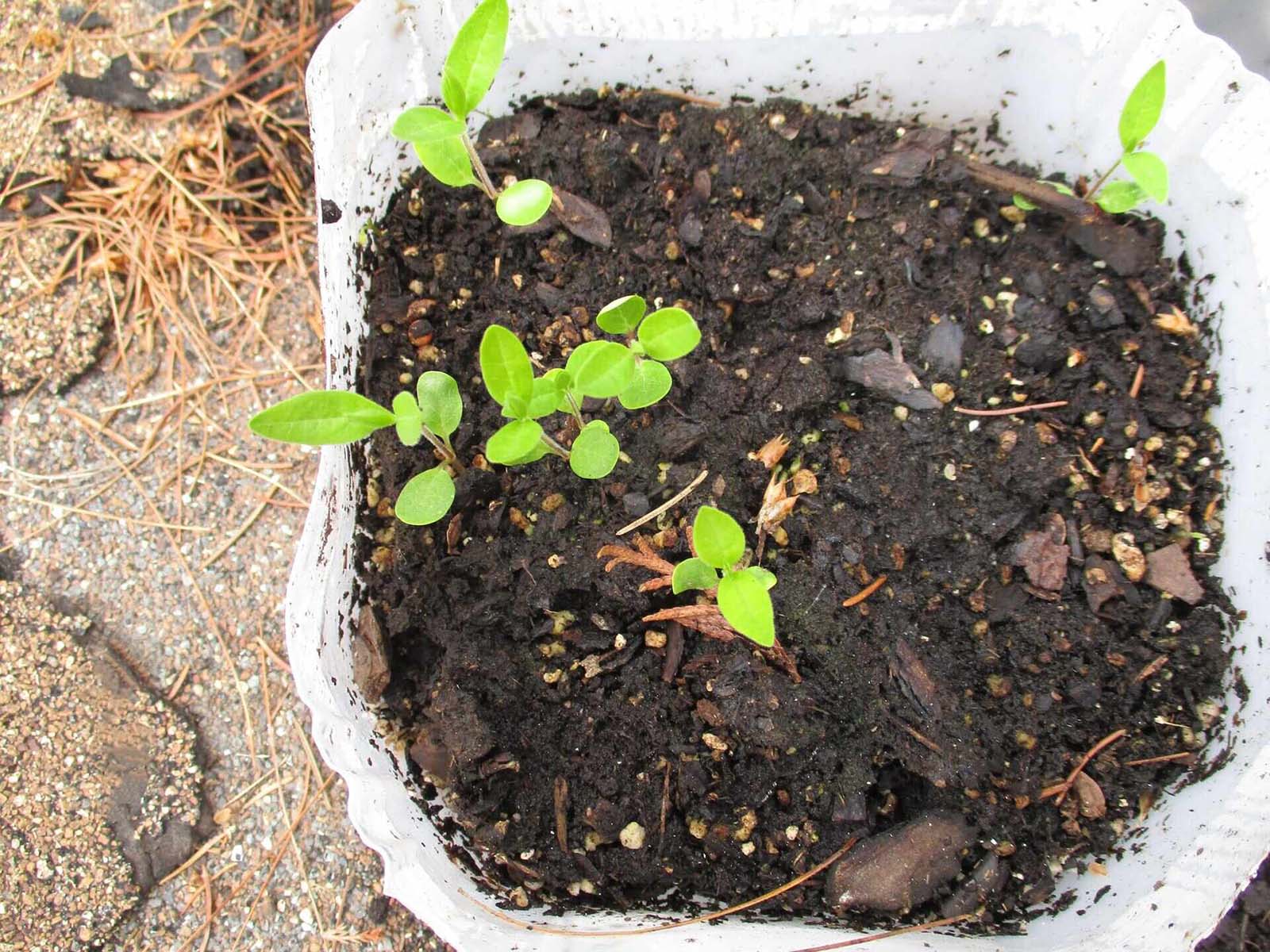
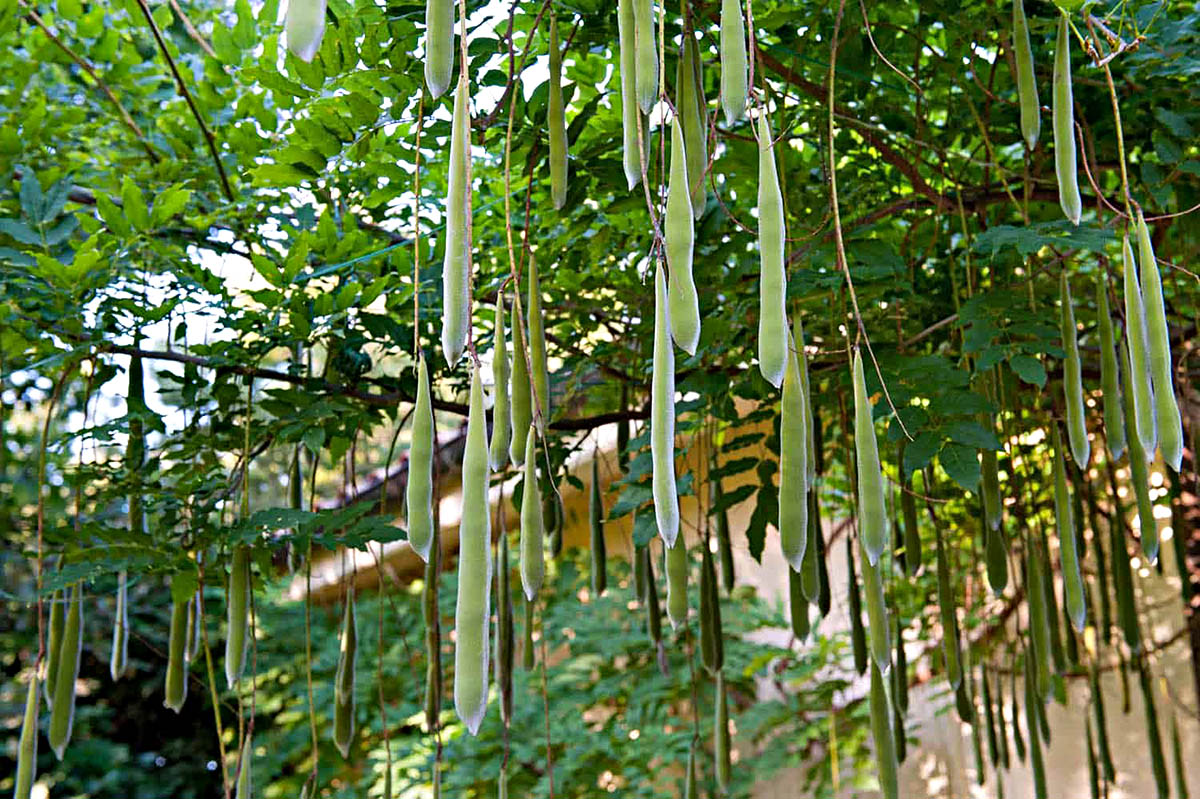
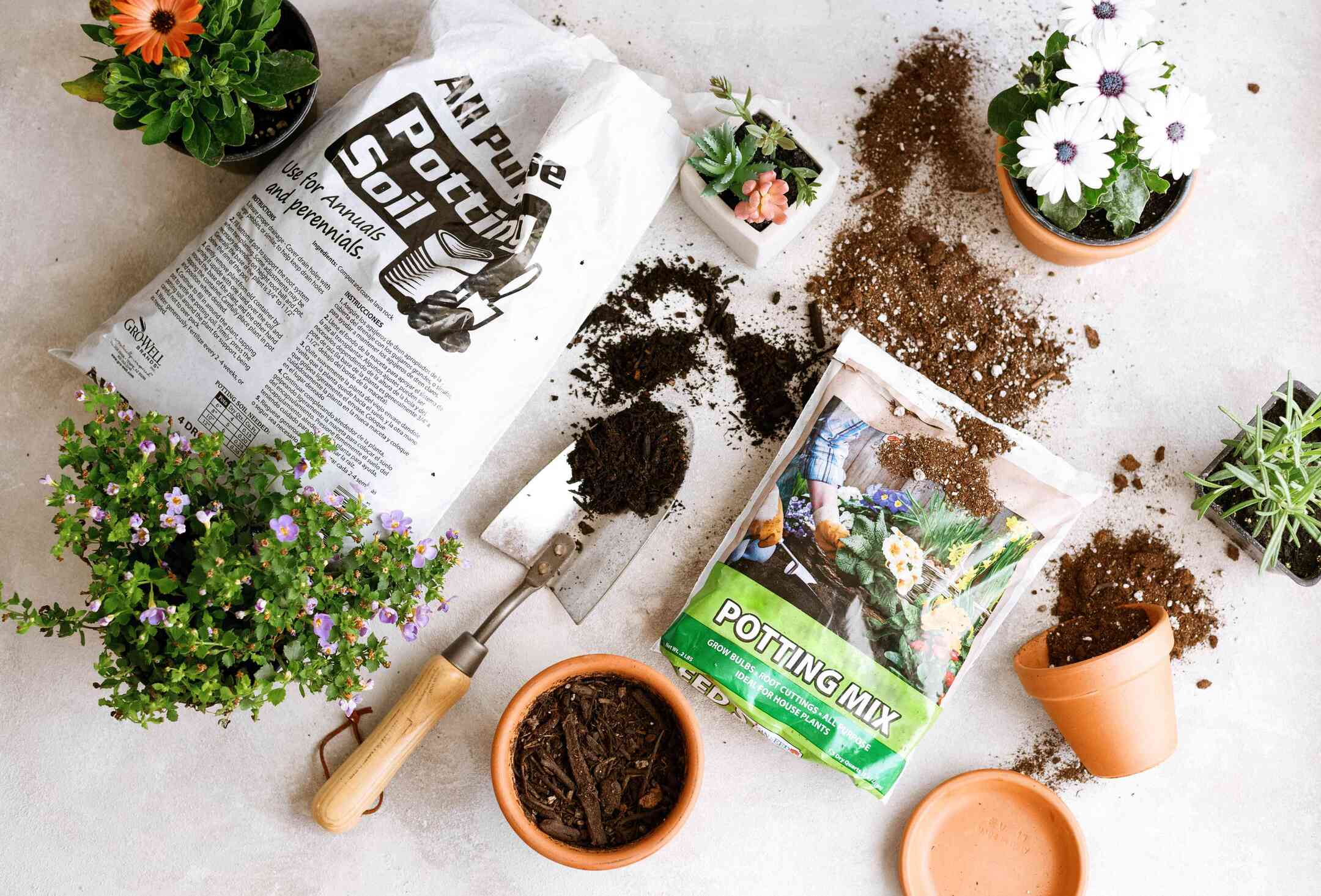

0 thoughts on “What Kind Of Tree Has Long Seed Pods”